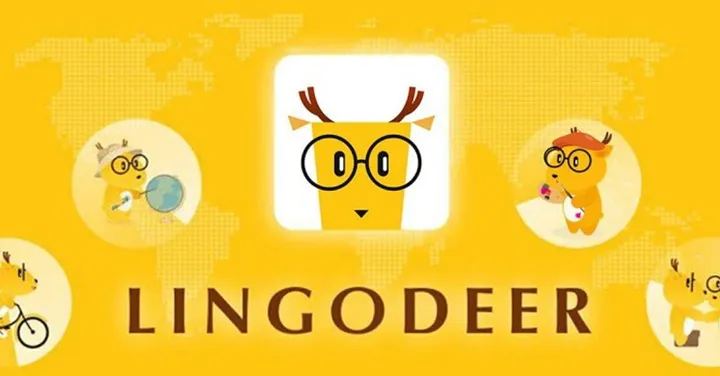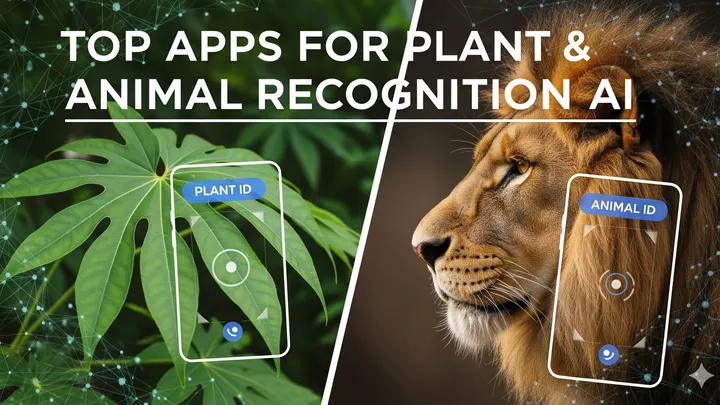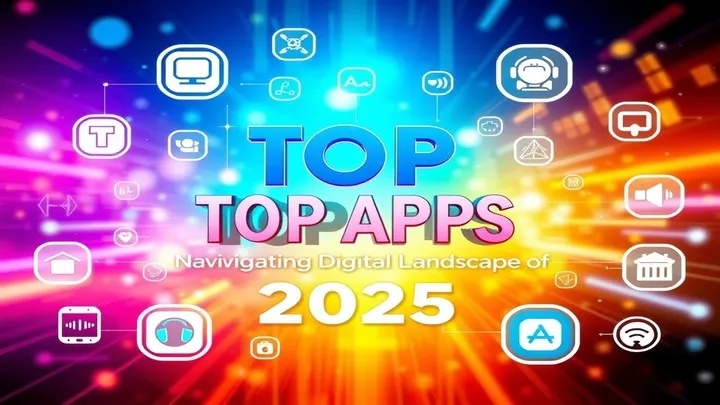Learning Mandarin Chinese has always been considered one of the most ambitious challenges in the language learning world. With over a billion speakers worldwide and increasing global influence, Mandarin is not only valuable for communication but also for career advancement, travel, and cultural enrichment. Yet the complexity of tones, characters, and grammar structures can feel overwhelming to beginners.
Fortunately, in 2025, a wave of advanced apps powered by artificial intelligence, gamification, and immersive technology has made learning Mandarin far more engaging and effective. Whether you’re starting from scratch, preparing for HSK exams, or polishing your conversational fluency, the following apps stand out as the best options this year.
This article highlights the Top 10 Chinese Mandarin learning apps you need in 2025. Each app has been carefully reviewed based on functionality, teaching style, community engagement, and suitability for different learner goals.
1. Duolingo Chinese 2025: Gamification Meets AI
Duolingo has long been the gateway to casual language learning, and its 2025 edition has evolved into a personalized powerhouse for Mandarin learners. Lessons are designed in bite-sized gamified formats, making it easy to stay consistent even with a busy schedule.
The latest update integrates AI tutors that provide instant corrections for tones and pronunciation. This is crucial for Mandarin, where a small tonal mistake can completely change the meaning of a word. The app also offers scenario-based simulations like ordering food in Beijing or hailing a cab in Shanghai, giving learners practical exposure.
Highlights
- Gamified, addictive learning format
- AI-based pronunciation correction
- Free version available with premium upgrade
2. HelloChinese: Tailored for Mandarin Learners
HelloChinese remains one of the top apps designed specifically for Mandarin learners. Unlike general apps that cover multiple languages, HelloChinese focuses solely on Chinese, making it highly specialized.
In 2025, the app includes voice recognition with tonal accuracy feedback, allowing learners to practice speaking like a native. Its immersive lessons combine characters, pinyin, and cultural notes, making it ideal for learners who want a balanced approach. For visual learners, the app’s animations simplify complex grammar structures.
Why learners love it
- Specifically built for Mandarin
- Excellent speech recognition technology
- Strong focus on Chinese culture
3. LingoDeer Plus: Grammar and Character Mastery
LingoDeer has been popular among learners of Asian languages, and its Plus edition in 2025 is stronger than ever. It provides structured lessons covering grammar, sentence building, and character writing.
Mandarin learners benefit from its handwriting recognition feature, which allows real-time kanji and hanzi practice. This feature is a game-changer for learners preparing for exams or aiming for literacy. Additionally, the app uses storytelling techniques to make grammar explanations more engaging and easier to remember.
Best for
- Learners who want grammar depth
- Students aiming for HSK certifications
- Hands-on writing practice with feedback

4. Rosetta Stone Mandarin 2025: Total Immersion
Rosetta Stone continues to stand out in 2025 with its immersive teaching style. Rather than translating into English, it teaches learners to think directly in Mandarin.
Its patented TruAccent speech recognition technology has been enhanced with AI, ensuring learners’ tones and intonations are corrected with high precision. The app now includes cultural immersion modules, preparing learners not only to speak but also to understand social etiquette, traditions, and even Chinese idioms.
Why it works
- Immersive, no-translation method
- Powerful AI for tone correction
- Integration of cultural and linguistic content
5. HelloTalk Mandarin: Social Learning With Natives
HelloTalk continues to grow as one of the largest language exchange platforms. In 2025, its focus on community-driven learning remains unmatched. Learners can connect directly with native Mandarin speakers for real conversations.
With built-in translation and correction tools, communication barriers are minimized. Learners can post updates in Mandarin and receive instant corrections from natives. Voice Rooms allow group practice, making it a social and interactive experience.
Key strengths
- Access to millions of native speakers
- Social media-style learning environment
- Real-time feedback and corrections
6. Busuu Mandarin: Smart Study Plans
Busuu’s AI-driven approach in 2025 makes it one of the most effective apps for Mandarin learners. It designs personalized study paths depending on goals, whether for travel, professional use, or academic certifications like HSK.
Busuu also has a strong peer correction feature where native speakers review your written exercises. The app’s bite-sized lessons make it manageable to learn daily, while its advanced progress tracking ensures learners stay on course.
Why choose Busuu
- AI-powered personalized learning plans
- Community-based corrections
- Progress tracking with daily reminders

7. Memrise Mandarin: Learn From Real Conversations
Memrise has always focused on real-world language, and in 2025 it remains an essential app for Mandarin learners. Its video-based content, featuring native speakers in authentic settings, exposes learners to how Mandarin is used in everyday life.
The app uses spaced repetition to help learners remember vocabulary long-term. With AI-driven review scheduling, you’ll be prompted to practice words just before you’re likely to forget them. This makes it a powerful supplement for learners who want practical, spoken Mandarin exposure.
Strengths
- Authentic videos with native speakers
- Spaced repetition memory system
- Focus on natural conversation
8. Pimsleur Mandarin: The Audio Advantage
For auditory learners, Pimsleur remains unmatched. In 2025, it continues to emphasize speaking and listening comprehension with structured audio lessons.
Learners can practice Mandarin on the go, making it perfect for commuters. The app now integrates AI to analyze spoken responses, providing tonal feedback even in hands-free mode. While it may lack flashy visuals, its results in conversational fluency are undeniable.
Best for
- Learners on the go
- Strong focus on speaking and listening
- Structured, progressive lessons
9. ChineseSkill 2025: Fun Meets Function
ChineseSkill is often compared to Duolingo, but it’s designed specifically for Mandarin learners. In 2025, the app offers playful lessons covering vocabulary, characters, grammar, and even stroke order.
Its mini-games and quizzes make learning lighthearted and engaging, while the AI review system ensures retention. For beginners intimidated by Mandarin’s complexity, ChineseSkill provides a gentle introduction with intuitive design.
Key appeal
- Designed solely for Mandarin learners
- Engaging, game-like lessons
- Includes stroke order practice
10. HSK Online Official App: Exam-Ready
For learners pursuing formal certification, the HSK Online app is the ultimate choice in 2025. It offers practice tests, vocabulary lists, and detailed explanations aligned with HSK levels 1 through 9.
The app also provides performance analytics, pinpointing weaknesses and recommending targeted exercises. With a growing demand for official certification in education and employment, the HSK Online app is indispensable for serious learners.
Why it’s essential
- Official preparation for HSK exams
- Mock tests with feedback
- Adaptive learning based on weak areas
Conclusion
Learning Mandarin in 2025 has never been more achievable thanks to the rise of AI-driven, gamified, and socially integrated apps. From Duolingo’s gamified lessons to the HSK Official app’s exam prep, there’s an option for every learner, regardless of their goal.
For casual learners, apps like Duolingo and ChineseSkill make it fun and approachable. For those seeking structured, exam-focused learning, tools like LingoDeer, Rosetta Stone, and HSK Online offer depth and rigor. Social learners will thrive on HelloTalk and Memrise, while auditory learners can rely on Pimsleur.
Ultimately, combining two or three of these apps can provide a comprehensive learning path—covering vocabulary, grammar, speaking, listening, and cultural understanding. With dedication and the right tools, achieving Mandarin fluency in 2025 is no longer a distant dream but an exciting and realistic goal.

















